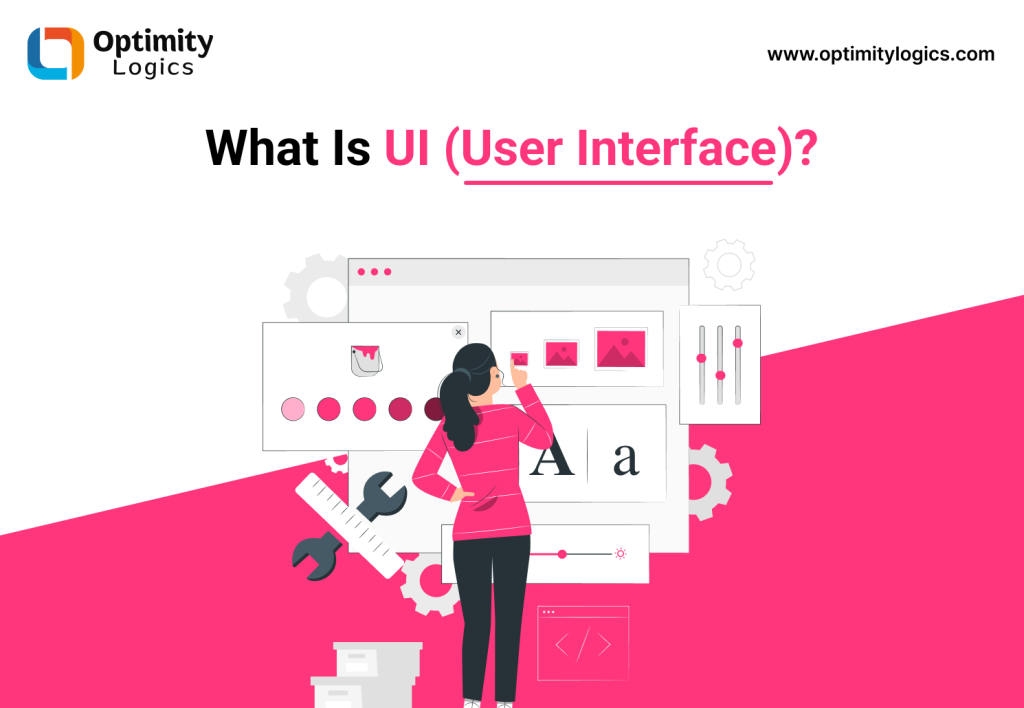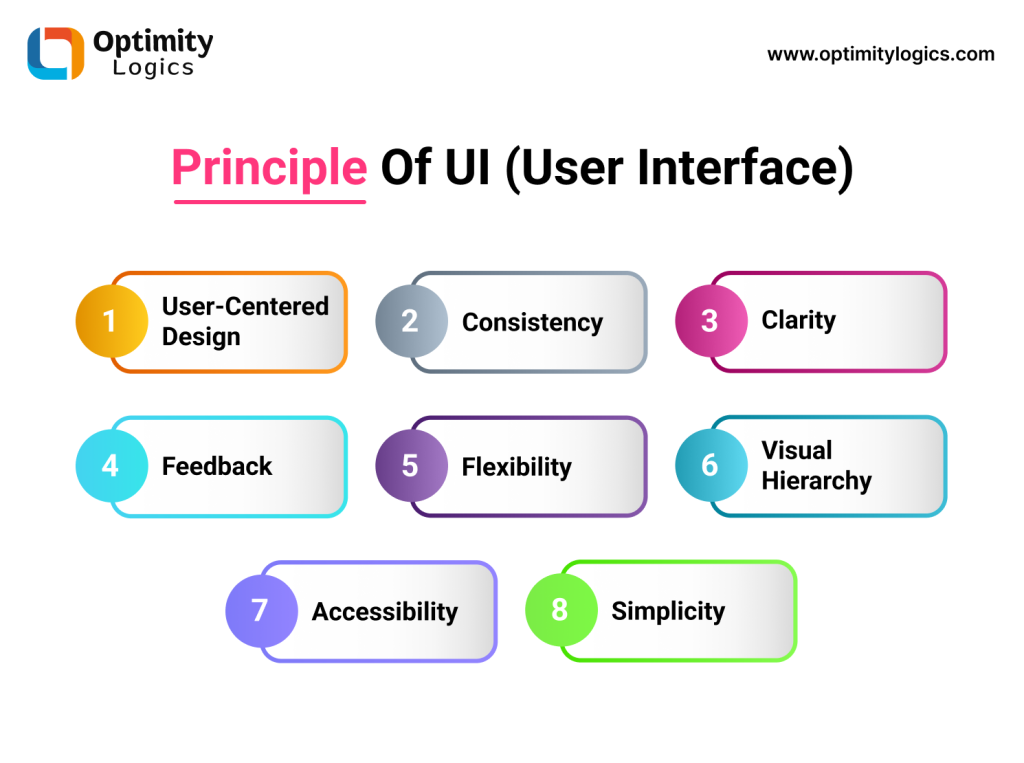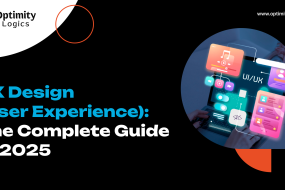
How Good UI Design Can Boost Your Website’s Success. A Good UI (User Interface) design is crucial for the success of any website because it directly affects how users perceive and interact with your site. A well-designed UI can improve user experience (UX), increase engagement, and ultimately drive business results.
A well-designed user interface (UI) is essential for a website’s success in today’s competitive digital landscape. It goes beyond aesthetics—good UI ensures that users can navigate the site effortlessly, find information quickly, and enjoy a seamless experience. When done right, UI design not only enhances user satisfaction but also drives engagement, increases conversion rates, and helps establish trust with visitors.
In this article, Optimity Logics will explore how investing in good UI design can significantly boost your website’s success.
What Is UI?

This article explores what user interface (UI) is and its guiding principles. The term “user interface,” or “UI,” describes the interactive and visual designs of digital products, websites, and software that let people engage with them. The user interface (UI) consists of all the components and attributes that users may view and utilise. such as text fields, photos, buttons, menus, and icons, as well as how they react to input from the user, including typing, swiping, clicking, and pressing.
Making an interface that is easy to use and intuitive is the main objective of user interface design, allowing people to do activities quickly and successfully. while simultaneously offering a pleasurable and captivating experience. Software may be made more user-friendly and productive with a well-designed user interface.
A crucial component of developing software is user interface design. It also entails taking into account a host of other elements, including visual appeal, usability, and accessibility.
Because it directly affects the user experience, the user interface is an essential component of software development. That may decide a product’s success or failure in the marketplace. So let’s begin by discussing the user interface’s fundamentals.
When developing new design software, there are a lot of features to take into account. Just as responsive design is essential. Make it easy. Be kind, responsive to consumers, consider colour, etc.
Principle Of UI (User Interface)
The design of the user interface (UI) is guided by a number of ideas. These are a handful of the more significant ones:

User-Centered Design:
The design methodology known as user-centred design (USD) centres the design process on the needs and preferences of the user. UCD plays a crucial role in UI design since it makes the internet easier to use. It offers a satisfying user experience.
Additionally, by incorporating user-centred design concepts into UI design, designers may produce user interfaces that are efficient, fun, and straightforward to use, improving user happiness and user experience.
Consistency
To guarantee that users can quickly get familiar with and feel comfortable using the interface, it should be consistent in its appearance, functionality, and behaviour. The user is left with a positive impression by the design. Consistent navigation can help consumers locate the information they need most quickly and effectively. Users may pick up on different product features quickly with consistent operating design.
Inconsistency can lead to user confusion and a negative experience. Naturally, you are not required to adhere to the consistency concept in every aspect of your design. For the user experience, international inconsistencies can be beneficial.
Clarity
Labels and directions should be simple to read and comprehend, and the interface itself should be clear and easy to use. When it comes to creating interface that is both efficient and user-friendly, clarity comes first. It lets the user anticipate what will happen next and quickly distinguish between static and interactive content.
Additionally, clarity guarantees that the user will get the information properly and keeps them from making mistakes. Stated differently, the essential design concept that may provide an ideal user experience is clarity.
Feedback
Users should be able to understand what is occurring when they interact with the interface by receiving rapid, unambiguous feedback. Giving timely feedback that is appropriate to the context is one of the simplest methods to interact with the user. However, receiving comments makes people anxious.
Make use of both aural and visual feedback. When alerting the user to an issue is important, audio feedback is an effective method. For example, auditory feedback might clearly indicate that doing one more process can result in data loss. It should be possible for the user to turn off auditory feedback.
Flexibility
It should be possible for the interface to adapt to a large variety of users with varying needs and preferences.Adaptability is These tools when combined are less effective and useful than matching separate ones that are more specialised yet give the diversity of usage not attainable from any one instrument.
Visual Hierarchy
A clear hierarchy of information should be created in the interface by using visual cues like colour, size, and positioning, which will make it simple for users to scan and discover what they need.
Accessibility
The interface should be designed to be accessible to users with disabilities, such as those who are visually impaired or have motor disabilities.
Simplicity
The interface should be simple and uncluttered, with only the essential elements necessary to accomplish the task.
To Wrap Up,
Lastly, we investigate the definition of user interface (UI) and its guiding principles. A website or software design cannot be adequately created without user interface. Therefore, in creating a design, the user interface is crucial. Please get in touch with us if you need any software, applications, or unique requirements. Send your needs as soon as possible, and schedule a consultation with our specialists. Remember to follow us on Pinterest, LinkedIn and Instagram.











